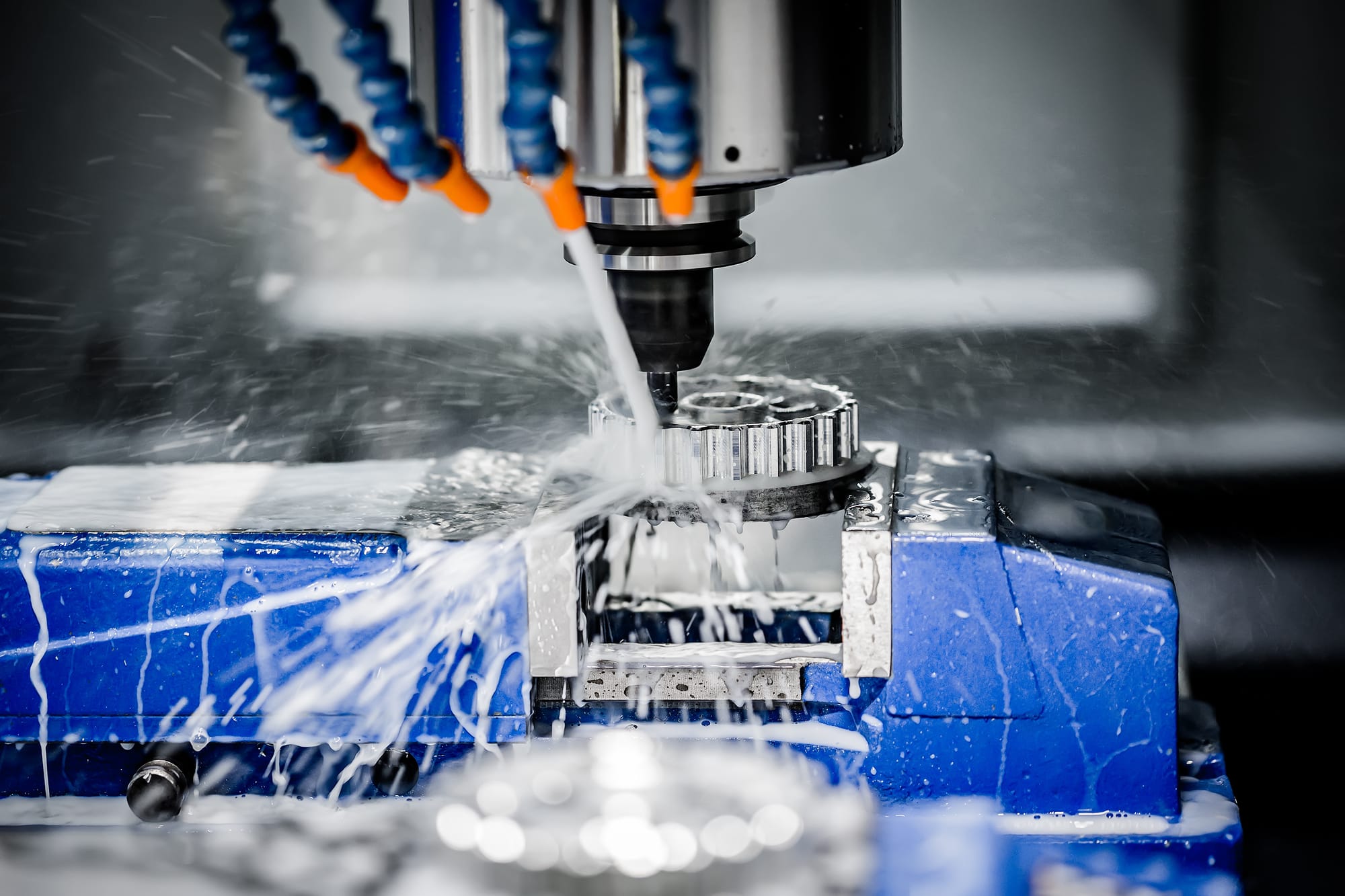Typical problems and solutions in the installation of CNC machine tools for faucet peeling and making

For CNC machine tools, in addition to the most basic lathe hardware and system software, the most frequently used and important tool is the cutting tool. Cutting tools are important tools in machining and turning, and the machining accuracy and quality of workpieces are closely related to the cutting tools.
For cutting tools, in addition to selecting suitable and high-quality tools, attention should also be paid to the installation of tools. Many problems with the use of cutting tools are often caused by errors in the installation of the tools, resulting in the inability to smoothly complete the machining of the workpiece.
Generally speaking, typical problems that often occur in the installation of CNC machine tools include: improper tool installation position, unstable tool installation, and uneven height between the tool tip and the workpiece axis. This article provides several corresponding solutions for these problems, hoping to be helpful to you.
1. Solution for improper installation position of cutting tools and unstable installation of cutting tools.
(1) When installing the tool, the tool tip should be at the same height as the axis of the tool workpiece. When rough machining and turning large-diameter workpieces, the tool tip should be slightly higher than the axis of the workpiece; During precision machining, the tool tip should be slightly lower than the axis of the workpiece. However, during precision machining of contours such as cones and arcs, the tool tip should be strictly elevated above the axis of the workpiece;
(2) When supported by a tool holder or center frame, in order to make the tool tip tightly against the workpiece, the tool is appropriately offset and installed to the right to generate a certain radial force; When there is no support from the tool holder or center frame, the tool should be installed to the left appropriately to minimize the radial cutting force;
(3) The protruding length of the cutting tool should not be too long to prevent cutting vibration caused by poor stiffness, which can lead to a series of problems such as rough surface of the workpiece, vibration, and tool cutting. Therefore, it is necessary to control the protruding length of the tool as much as possible, and the clamping of the tool should be as short as possible while meeting the requirements;
(4) The bottom of the blade should be flat. If a gasket is used, the gasket should be flat, the front end of the gasket should be aligned, and the number of gaskets should generally not exceed 2;
(5) The installation of cutting tools should be firm. Usually, two screws are alternately tightened and fixed, and after tightening, the height between the tool tip and the workpiece axis is checked again;
(6) When using the machine clamp to convert it into a cutting tool, both the blade and gasket should be wiped clean, and attention should be paid to tightening the blade appropriately when using screws to fix it.
2. Problem and solution of equal height between tool tip and workpiece axis.
(1) Generally speaking, when using welded cutting tools, it is necessary to consider whether the tool tip is at the same height as the workpiece axis. If conditions permit, it is best to choose machine clamped indexable cutting tools, which have high durability and more stable processing quality.
(2) After prolonged use on the machine tool, the tool may sink due to wear on the guide rail, causing the height of the tool holder to decrease and the tool tip to be lower than the workpiece axis. At this time, regular inspections should be carried out to prevent misalignment of the tool tip.
(3) Simply put, to ensure that the tool tip is at the same height as the workpiece axis, visual inspection can be used. However, visual inspection is not very accurate due to factors such as angle and light, so it is only suitable for rough machining of large diameter workpieces. If there is a requirement for precision, it is best to choose other more accurate detection methods.